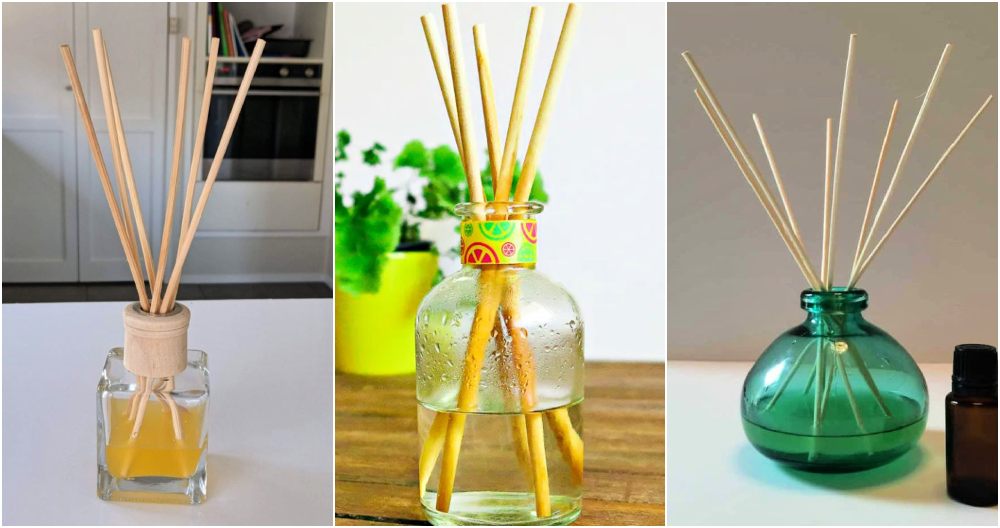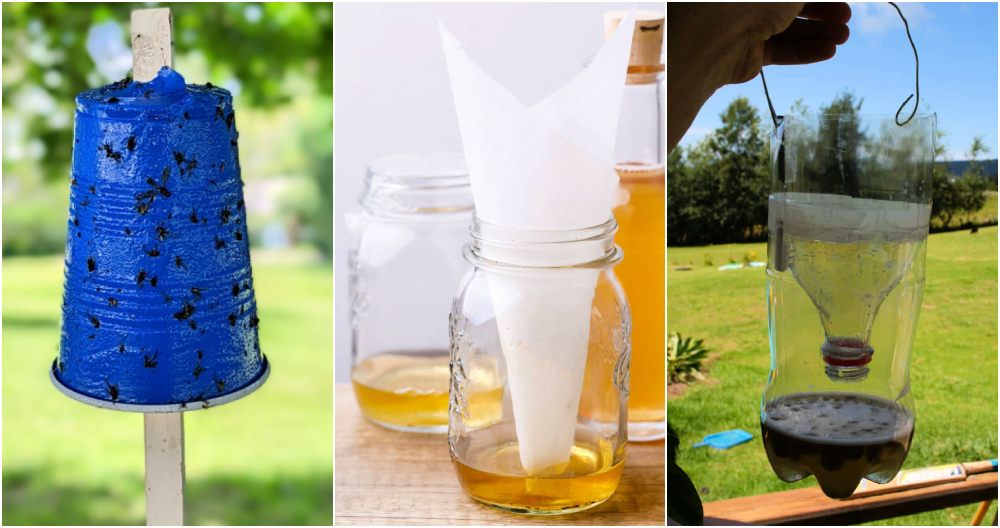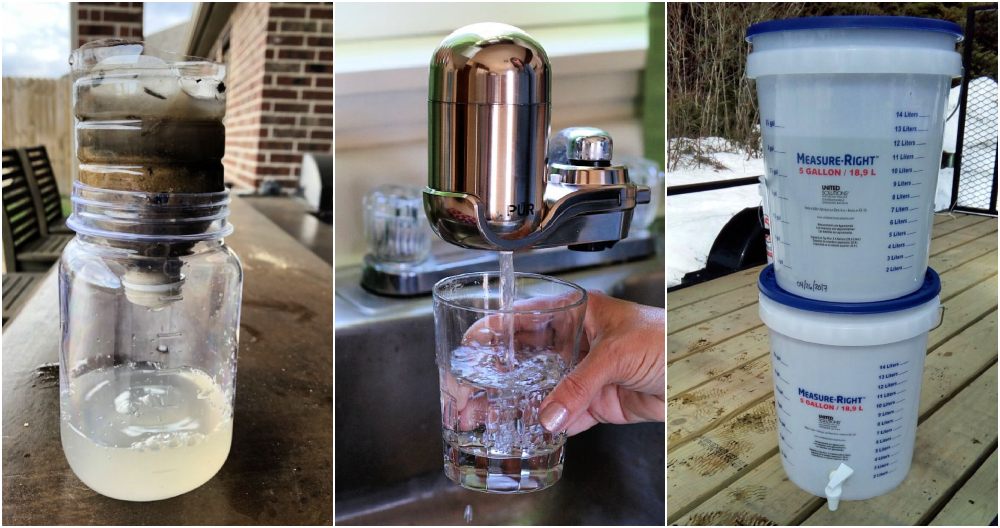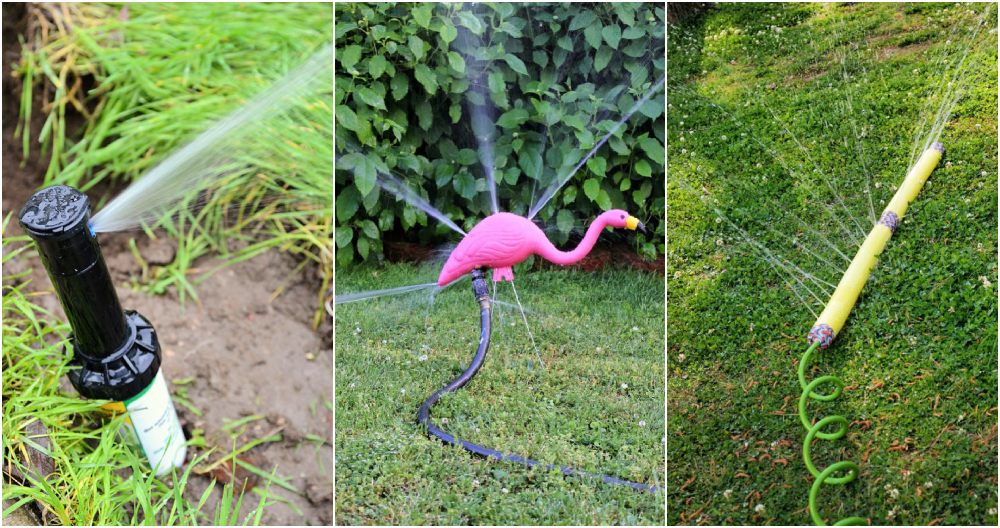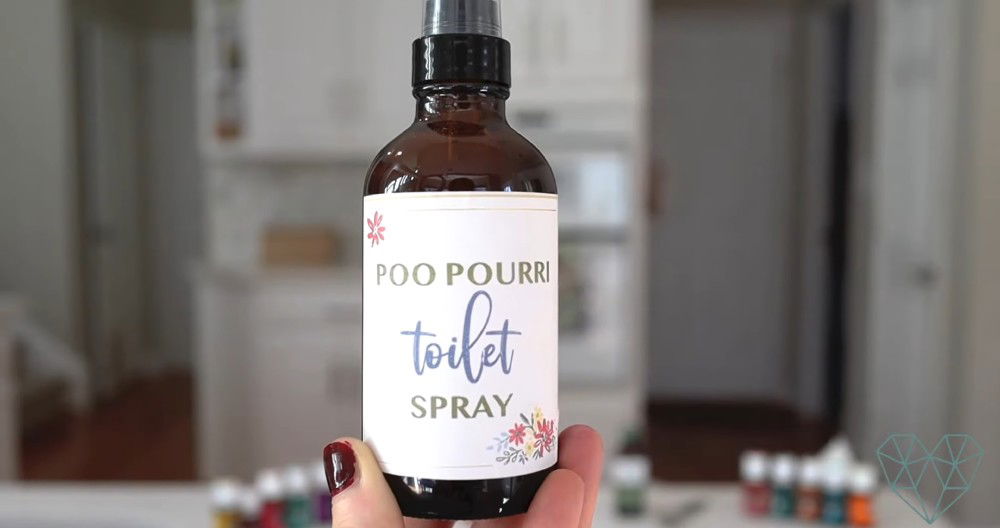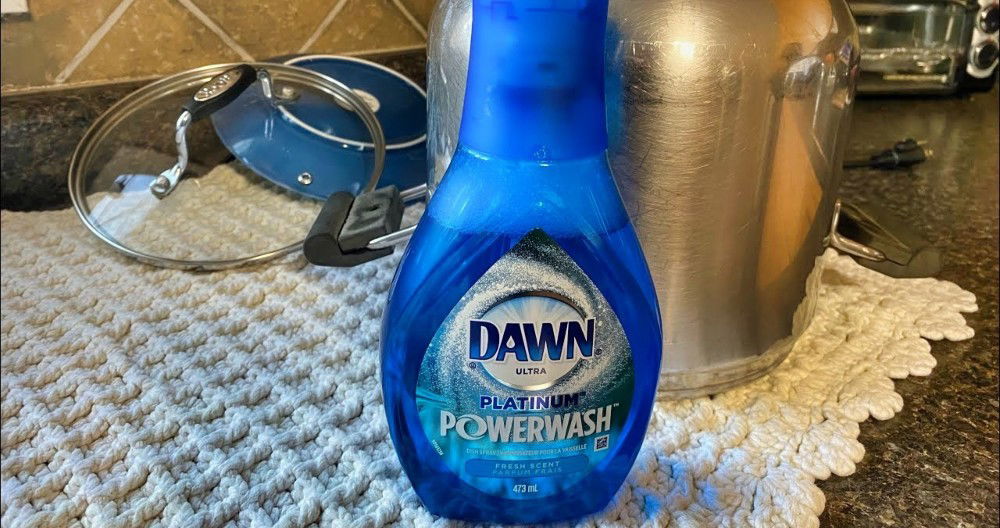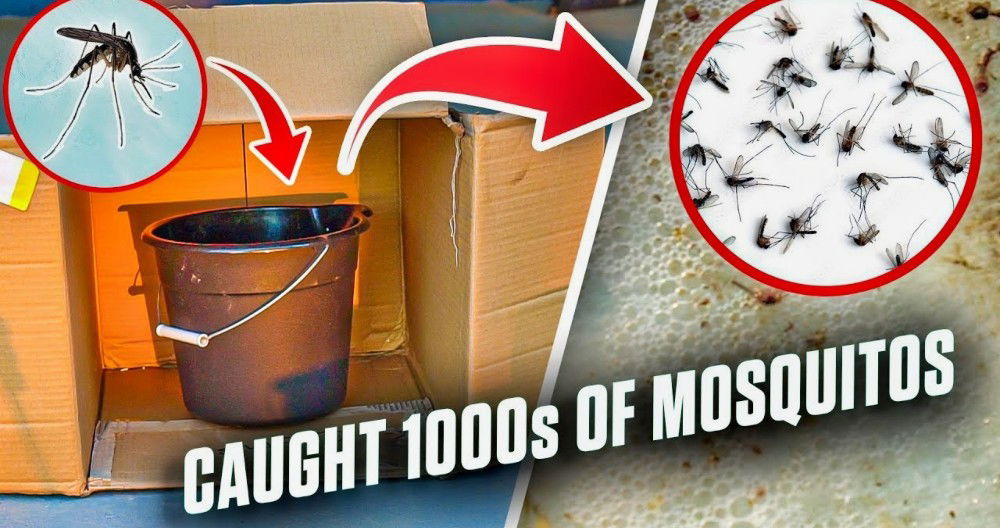Making your DIY car air freshener using natural ingredients can be both rewarding and fun. It's a great way to add a personal touch to your vehicle while ensuring the air you breathe is free from chemicals. Using natural air fresheners not only promotes a healthier environment inside your car but also lets you contribute positively to the planet by minimizing harsh chemicals.
Venturing into making your own car air freshener at home offers an assortment of benefits, from the health perks of avoiding synthetic fragrances to the joy of customizing scents that appeal to you. Whether you're concerned with the environmental impact of commercial fresheners or looking for cost-effective, personalized options, this guide will walk you through the necessary steps.
Let's get started on this eco-friendly project to keep your car smelling fresh naturally.
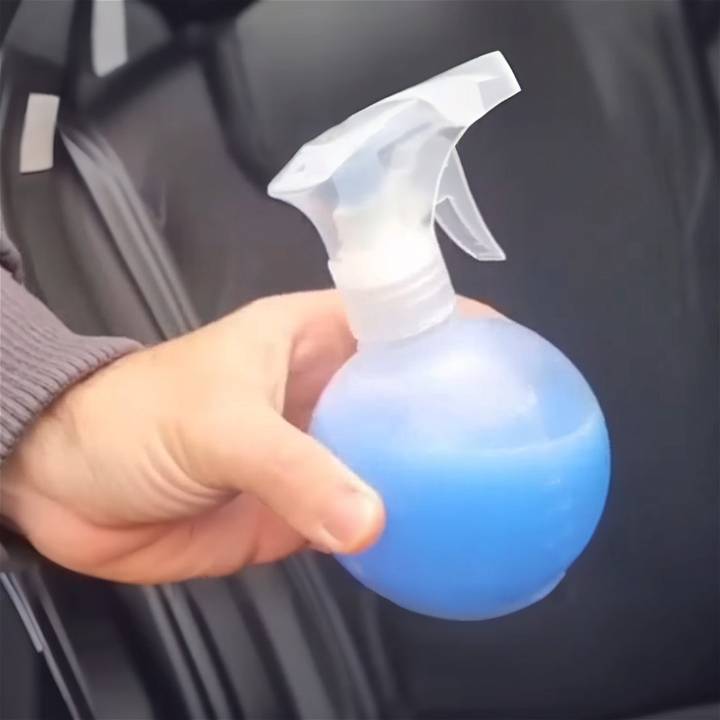
Introduction to Natural Ingredients
When it comes to keeping your car smelling fresh, the allure of quick-fix synthetic air fresheners is strong. However, the benefits of choosing natural ingredients for your DIY car air freshener extend far beyond a pleasant aroma. Let's delve into why natural options are not only better for your health but also for the environment.
Health Benefits of Natural Air Fresheners
- Avoid Harmful Chemicals: Many commercial air fresheners contain volatile organic compounds (VOCs), phthalates, and other chemicals that can be harmful to your health. By using natural ingredients, you reduce your exposure to these potentially toxic substances.
- Allergy-Friendly: Synthetic fragrances are a common trigger for allergies and respiratory issues. Natural air fresheners, made from plant-based extracts and essential oils, are less likely to cause allergic reactions.
- Aromatherapy Advantages: Certain essential oils not only smell good but also offer therapeutic benefits. For example, peppermint can help alleviate headaches, while lavender might promote relaxation.
Environmental Impact
- Biodegradable: Natural air fresheners are more eco-friendly as they are made from biodegradable materials, unlike their synthetic counterparts, which can contribute to pollution.
- Sustainable Sources: By choosing ingredients like essential oils, you're often supporting sustainable farming practices, as many of these oils come from plants that are grown and harvested with care for the environment.
Making the Switch
- Simple Substitutions: Making the switch to natural air fresheners is easy. You can start with basic ingredients like baking soda and essential oils, which are readily available and inexpensive.
- DIY Recipes: There are countless recipes online for natural car air fresheners that use ingredients like felt, wood, or clay beads as carriers for essential oils.
- Long-Lasting: While you might need to refresh your natural air freshener more frequently than a synthetic one, the overall benefits far outweigh this minor inconvenience.
Choosing natural car air freshener ingredients makes a big difference for your health and the environment. It adds a personal touch to each drive.
Customization Tips for DIY Car Air Fresheners
Personalizing your car air freshener is not just about making a pleasant scent; it's about infusing your vehicle with a part of your personality. Here are some tips to help you customize your DIY car air freshener, making it as unique as you are.
Choose Your Scent
Select essential oils that resonate with you. Whether it's the calming effect of lavender or the invigorating scent of citrus, the fragrance you choose can set the mood for your drive. Remember, the scent is personal, so what works for one person may not work for another.
Decorate with Style
Add a personal touch to your air freshener. If you're using felt, cut it into a shape that has meaning for you, like a favorite animal or symbol. Decorate with non-toxic paint or attach beads and sequins to make it visually appealing.
Consider the Placement
Think about where to place your air freshener. It should be out of the way, not obstructing your view, but still able to effectively distribute the scent. Some prefer hanging it from the rearview mirror, while others might tuck it under a seat.
Refresh and Maintain
Keep your air freshener effective by refreshing the scent periodically. This might mean adding more essential oil or baking soda to maintain its odor-neutralizing properties. A well-maintained air freshener can last longer and keep your car smelling great.
Safety First
Ensure your air freshener is securely fastened. It should never interfere with your driving or become a distraction. Safety is paramount, so double-check that your freshener is placed where it won't cause any issues.
By following these tips, you can make a car air freshener that not only smells great but also represents your individuality and enhances your driving experience.
How to Make Car Air Freshener at Home
Learn how to make car air freshener at home with this easy DIY guide below:
What You Need:
- Spray bottle
- Funnel
- 7 ounces of water (room temperature)
- 2 cups of concentrated fabric softener
- 46% alcohol (3 caps full)
- Essence (any scent you prefer, about 10 drops)
Step by Step Instructions
- Prepare the Spray Bottle: Start by taking your spray bottle and using a funnel to avoid spills.
- Add Water: Pour seven ounces of room-temperature tap water into the bottle.
- Incorporate Fabric Softener: Add two cups of your chosen concentrated fabric softener. This acts as the base scent for your air freshener.
- Add Alcohol: Next, add three caps full of 46% alcohol. If you don't have 46%, any other concentration will also work. Alcohol helps in quick drying and disperses the scent evenly.
- Essence for Scent: Now, add about 10 drops of your favorite essence. You can adjust the number of drops depending on how strong you prefer the scent.
- Shake Well: Close the bottle and shake it well to mix all the ingredients thoroughly.
- Application: Spray a small amount onto your car's upholstery and let it dry naturally. You can spray it in both front and back seats for a uniform fragrance.
- Extra Tip: If you have an empty flask, you can fill it with this mixture. Place the closed flask in your car, and it will keep your car fragrant continuously.
Using the Homemade Air Freshener:
Whenever you feel like your car needs a refresh, just give it a light spray with your homemade air freshener. The great thing about this DIY project is that it's not just for cars. You can use it at home on sofa pads or any fabric to leave a pleasant smell throughout your household.
Additional Uses:
The versatility of this air freshener means you can customize it for various applications. Experiment with different essences to make seasonal scents or special blends that can make your driving experience more enjoyable.
Video Tutorial
For a step-by-step video tutorial on how to make this DIY car air freshener, watch this YouTube video.
It pairs well with this written guide, offering a dynamic way to understand the entire process. Through visual demonstrations, you can easily grasp how simple and effective this DIY project is.
Making your own car air freshener is not only economical but also allows you to personalize your car's scent to your liking. Give it a try, and enjoy a fresher, more pleasant car environment.
More DIY Car Air Fresheners to Make
Making your own car air freshener is a rewarding project that not only leaves your vehicle smelling great but also gives you control over the ingredients used. Here's a simple guide to making a variety of air fresheners using natural materials.
Hanging Felt Shapes
Materials Needed: Felt fabric, scissors, hole punch, string, essential oils.
Instructions:
- Cut Felt: Shape the felt into any design you like.
- Add Scent: Apply a few drops of your chosen essential oil.
- Hang It Up: Punch a hole at the top, thread the string through, and hang it from your rearview mirror.
Mason Jar Fresheners
Materials Needed: Small mason jars, baking soda, essential oils, fabric or paper for the lid, needle, and thread or glue.
Instructions:
- Fill Jar: Pour baking soda into the jar to absorb odors.
- Scent It: Add essential oils to the baking soda.
- Cover: Cut fabric or paper to fit the lid, secure with glue or sew with needle and thread, and poke small holes to release the scent.
Gel Fresheners
Materials Needed: Gelatin, hot water, salt, essential oils, food coloring (optional), heatproof jars.
Instructions:
- Dissolve Gelatin: Mix gelatin with hot water until dissolved and add a pinch of salt.
- Add Color and Scent: Stir in food coloring and essential oils.
- Set the Gel: Pour into jars and let it set until firm.
Tips for Success
- Choose Scents Wisely: Pick essential oils based on your scent preferences and the mood you want to make.
- Refresh Regularly: Reapply essential oils to the felt or baking soda as the scent fades.
- Safety First: Ensure the freshener is securely placed to avoid spills or distractions while driving.
By following these steps, you can make a range of natural, effective car air fresheners that reflect your personal style and make your drives more enjoyable.
Troubleshooting Common Issues with DIY Car Air Fresheners
Making your own car air freshener can be a fun and rewarding DIY project. However, sometimes you might encounter a few hiccups along the way. Here's a guide to help you troubleshoot common issues so you can enjoy a fresh-smelling ride.
Issue: The Scent Fades Too Quickly
Solution: If your air freshener loses its fragrance sooner than expected, consider the following:
- Increase Oil Concentration: Add more drops of essential oil to intensify the scent.
- Refresh Regularly: Reapply essential oils every few days to maintain the fragrance.
- Carrier Material: Switch to a more porous material like felt or clay beads that can hold the oils longer.
Issue: The Freshener Causes Irritation
Solution: If you or your passengers experience headaches or other discomforts, try these adjustments:
- Change the Oil: Some essential oils can be overpowering or cause sensitivities. Experiment with different oils or blends.
- Reduce Quantity: Use fewer drops of oil to make the scent milder.
- Proper Ventilation: Ensure good airflow in the car to prevent the scent from becoming too concentrated.
Issue: The Freshener Doesn't Stay in Place
Solution: A moving air freshener can be distracting and unsafe. Secure it by:
- Adjusting the Placement: Find a spot where the freshener can hang or sit without moving around, like the dashboard or center console.
- Using Adhesive Strips: Attach your freshener with double-sided tape or adhesive strips designed for car interiors.
Issue: DIY Freshener Damages Surfaces
Solution: Essential oils can sometimes damage plastic or other surfaces in your car. Protect them by:
- Barrier: Place a cloth or paper barrier between the freshener and the surface.
- Non-Drip Containers: Use air freshener designs that enclose the oils, like gel fresheners or sealed jars.
By addressing these common issues, you can ensure that your DIY car air freshener is both effective and enjoyable.
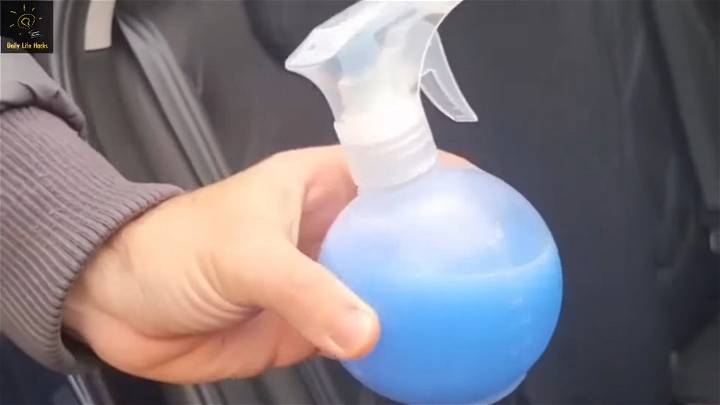
Maintenance and Longevity of DIY Car Air Fresheners
Ensuring your DIY car air freshener remains effective over time requires some simple yet essential maintenance steps. Here's how you can prolong the life of your homemade air freshener:
Regular Scent Refreshment
To keep the fragrance strong, regularly add a few drops of essential oil to the absorbent material. This could be as often as once a week, depending on the material and oil used.
Proper Storage
When not in use, store your DIY air freshener in a cool, dry place. This helps maintain the integrity of the essential oils and prevents premature evaporation.
Rotation of Scents
Rotating between different scents can prevent olfactory fatigue, ensuring you always enjoy the freshness of your air freshener.
Environmental Impact Analysis of DIY Car Air Fresheners
DIY car air fresheners offer an environmentally friendly alternative to commercial products. Here's why they are a better choice for the planet:
Reduced Chemical Release
Homemade air fresheners typically use natural ingredients, which means they don't release harmful chemicals into the air, contributing to better indoor air quality.
Low Waste Production
By using materials like old fabric or recyclable containers, DIY air fresheners generate less waste compared to the plastic packaging of store-bought fresheners.
Biodegradability
Natural ingredients like baking soda and essential oils are biodegradable, reducing the environmental footprint when the air freshener is no longer in use.
Cost-Benefit Comparison of DIY vs Commercial Car Air Fresheners
When it comes to cost-effectiveness, DIY car air fresheners have several advantages:
Economical Over Time
Making air fresheners at home can be more cost-effective, especially when using common household items like baking soda and essential oils.
Avoidance of Allergens
For those sensitive to chemicals, DIY air fresheners allow control over the components, potentially saving on medical expenses related to allergies.
Personalization Without Extra Cost
Customizing your air freshener with your preferred scents and styles doesn't add to the cost, unlike purchasing specialty commercial fresheners.
DIY car air fresheners not only provide a personalized touch to your vehicle but also offer health, environmental, and financial benefits. With simple maintenance, they can be a long-lasting and sustainable choice for keeping your car smelling fresh.
FAQ Section for DIY Car Air Fresheners
Discover answers to all your questions about making DIY car air fresheners. Learn how to make them, store them, and keep your vehicle smelling fresh.
What Are the Best Natural Ingredients for Car Air Fresheners?
Natural ingredients like baking soda and essential oils are excellent for DIY air fresheners. Baking soda neutralizes odors, while essential oils provide a pleasant fragrance and can offer mood-boosting properties.
How Often Should I Refresh the Scent on My DIY Air Freshener?
The frequency of refreshing your air freshener depends on the materials and essential oils used. Generally, it's a good idea to add a few drops of oil every week or as needed when the scent begins to fade.
Can I Use Any Fabric for My Hanging Air Freshener?
It's best to use porous fabrics like felt or cotton, as they absorb and hold the essential oils better. Avoid non-absorbent materials that might not retain the scent as effectively.
How Can I Prevent My DIY Air Freshener from Staining My Car?
To prevent stains, ensure that any liquid ingredients, like essential oils, are contained or absorbed fully into the freshener. You can also place a barrier, such as a paper or cloth, between the freshener and the car's surfaces.
Is It Safe to Use Essential Oils in Car Air Fresheners?
Yes, essential oils are safe for use in car air fresheners, but it's important to choose high-quality, pure oils and use them in moderation to avoid overwhelming the senses.
What Should I Do If the Scent Is Too Strong?
If the scent is too strong, reduce the number of essential oil drops you use, or select a milder fragrance. Ensuring proper ventilation in your car can also help to diffuse the scent more evenly.
How Do I Choose the Right Essential Oils for My Air Freshener?
Consider the mood you want to make in your car. For relaxation, lavender or chamomile are good choices. For a refreshing and energizing atmosphere, opt for citrus or peppermint oils.
Conclusion:
In conclusion, crafting your own DIY car air freshener is not just a simple project, but a journey towards embracing natural, healthier choices for you and the environment. By choosing natural car air freshener methods, you not only customize your car's aroma and aesthetic but also contribute to reduced chemical exposure and waste production.
With guidance on choosing scents, decorating, and tackling common issues, this guide aims to empower you to make informed decisions about the air you breathe in your vehicle. Remember, maintaining and refreshing your homemade air freshener regularly will ensure your car remains a pleasantly scented space on all your travels. Take this knowledge and start making a fresher, more personalized driving experience today.



